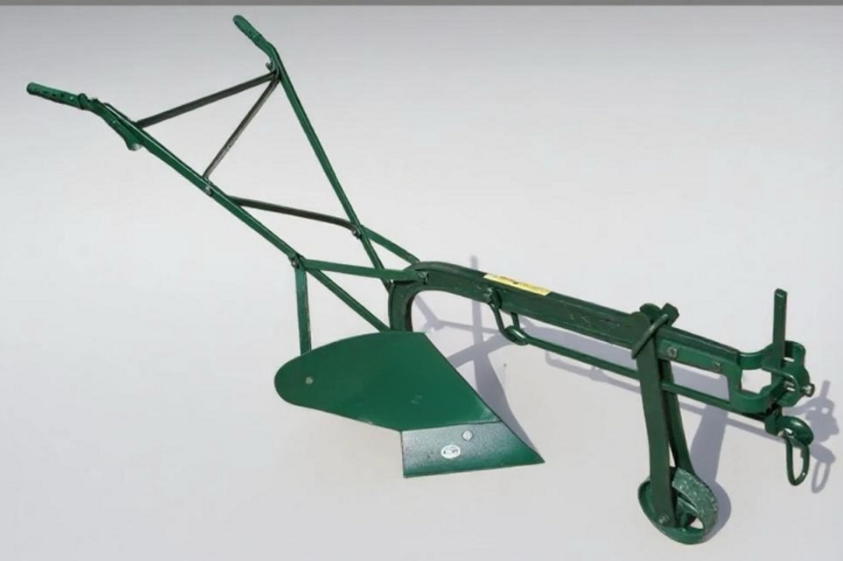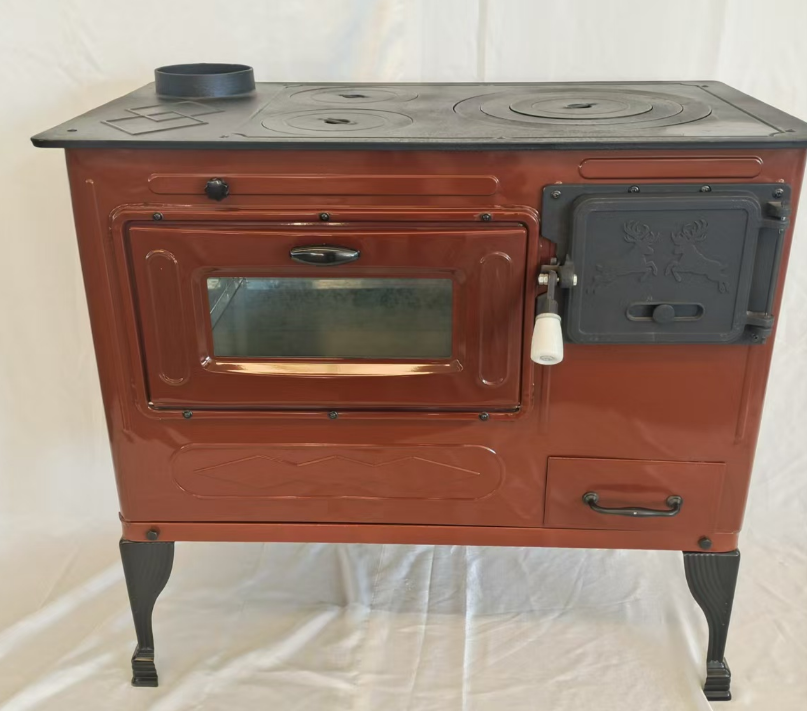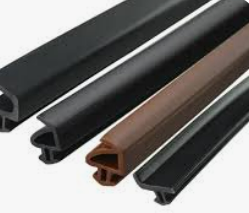Innovations in Cast Iron Panel Technology
In the ever-evolving world of construction and design, few materials have stood the test of time quite like cast iron. Long known for its unrivaled strength and durability, the advancements in cast iron panel technology are carving out new possibilities that blend traditional aesthetics with modern functionality. As we delve into the innovations in this field, we're not only looking at new methods of production but also at revolutionary designs that will shape the future of architectural and industrial applications.
The Historical Context of Cast Iron Panels
Before we explore the recent innovations, it’s important to acknowledge the rich history of cast iron in construction. This versatile material has been used for centuries, famed for its incredible tensile strength and resistance to rust and decay. Cast iron panels have adorned buildings, bridges, and public structures, providing both structural support and visual appeal. However, advancements in manufacturing techniques, combined with a demand for sustainability and energy efficiency, have led to significant innovations in this realm.
Cutting-Edge Production Techniques
Recent breakthroughs in cast iron panel technology come from a combination of age-old craftsmanship and modern engineering. Manufacturers are now employing advanced casting techniques, such as 3D printing and precision molding, which enhance the efficiency and scalability of production. This shift allows for increased customization, enabling architects and designers to experiment with complex geometries and intricate designs that were previously unattainable.
Moreover, the introduction of lightweight alloys has transformed how cast iron panels are integrated into modern construction. These alloys maintain the strength of traditional cast iron while significantly reducing weight, making installation easier and safer while also lowering shipping costs.
Sustainability and Eco-Friendly Alternatives
The global trend toward sustainability has permeated every sector, and the production of cast iron panels is no exception. Innovations in recycling methods allow for the incorporation of reclaimed cast iron in new panel production, significantly reducing waste and the carbon footprint associated with manufacturing. Furthermore, new treatments and coatings are being developed to enhance the longevity of cast iron panels, minimizing the need for replacements and thereby conserving resources over time.
Aesthetic Versatility and Design Innovations
Today’s cast iron panel technology is not just about utility—it’s also about beauty. The latest design innovations include a range of finishes, colors, and textures that allow for creative expression without compromising strength. From polished, modern finishes to rustic, textured appearances, the versatility of cast iron panels fits seamlessly into various architectural styles, whether it’s chic urban lofts, grand historical restorations, or innovative public art installations.
The Future of Cast Iron Panels
Looking ahead, the future of cast iron panel technology is brighter than ever. With continuous research and development, we can anticipate smarter applications of this age-old material in the Internet of Things (IoT) era. Imagine panels embedded with sensors that monitor structural integrity or environmental conditions, providing real-time data that enhances safety and improves the lifespan of buildings.
Innovations in cast iron panel technology are not just reshaping construction; they’re redefining how we think about materials as a cornerstone of artistry and functionality. With sustainable practices, advanced production methods, and a slew of creative design options, cast iron panels are poised to take center stage in the future of architecture and interior design. As we embrace these advancements, one thing is clear: the legacy of cast iron is not only preserved but is also evolving into an exciting new chapter.
As we continue to explore the potential of cast iron panels, we invite architects, designers, and builders to reimagine this classic material, harnessing its innovations to create enduring structures that inspire for generations to come.
-
Plough Wheel Cast Iron Material Enhances Load-BearingNewsNov.10,2025
-
Cast Iron Cooking Stove Heat Retention Ensures Even Food HeatingNewsNov.10,2025
-
Rubber Strip Shock Absorption Protects Window EdgesNewsNov.10,2025
-
Aluminum Profiles High Corrosion Resistance Suits Coastal AreasNewsNov.10,2025
-
Window Handle Aluminum Material Ensures Lightweight DurabilityNewsNov.10,2025
-
Sliding Roller Plastic Housing Fits Aluminum Sliding WindowsNewsNov.10,2025
-
 Plough Wheel Cast Iron Material Enhances Load-BearingNov-10-2025Plough Wheel Cast Iron Material Enhances Load-Bearing
Plough Wheel Cast Iron Material Enhances Load-BearingNov-10-2025Plough Wheel Cast Iron Material Enhances Load-Bearing -
 Cast Iron Cooking Stove Heat Retention Ensures Even Food HeatingNov-10-2025Cast Iron Cooking Stove Heat Retention Ensures Even Food Heating
Cast Iron Cooking Stove Heat Retention Ensures Even Food HeatingNov-10-2025Cast Iron Cooking Stove Heat Retention Ensures Even Food Heating -
 Rubber Strip Shock Absorption Protects Window EdgesNov-10-2025Rubber Strip Shock Absorption Protects Window Edges
Rubber Strip Shock Absorption Protects Window EdgesNov-10-2025Rubber Strip Shock Absorption Protects Window Edges












